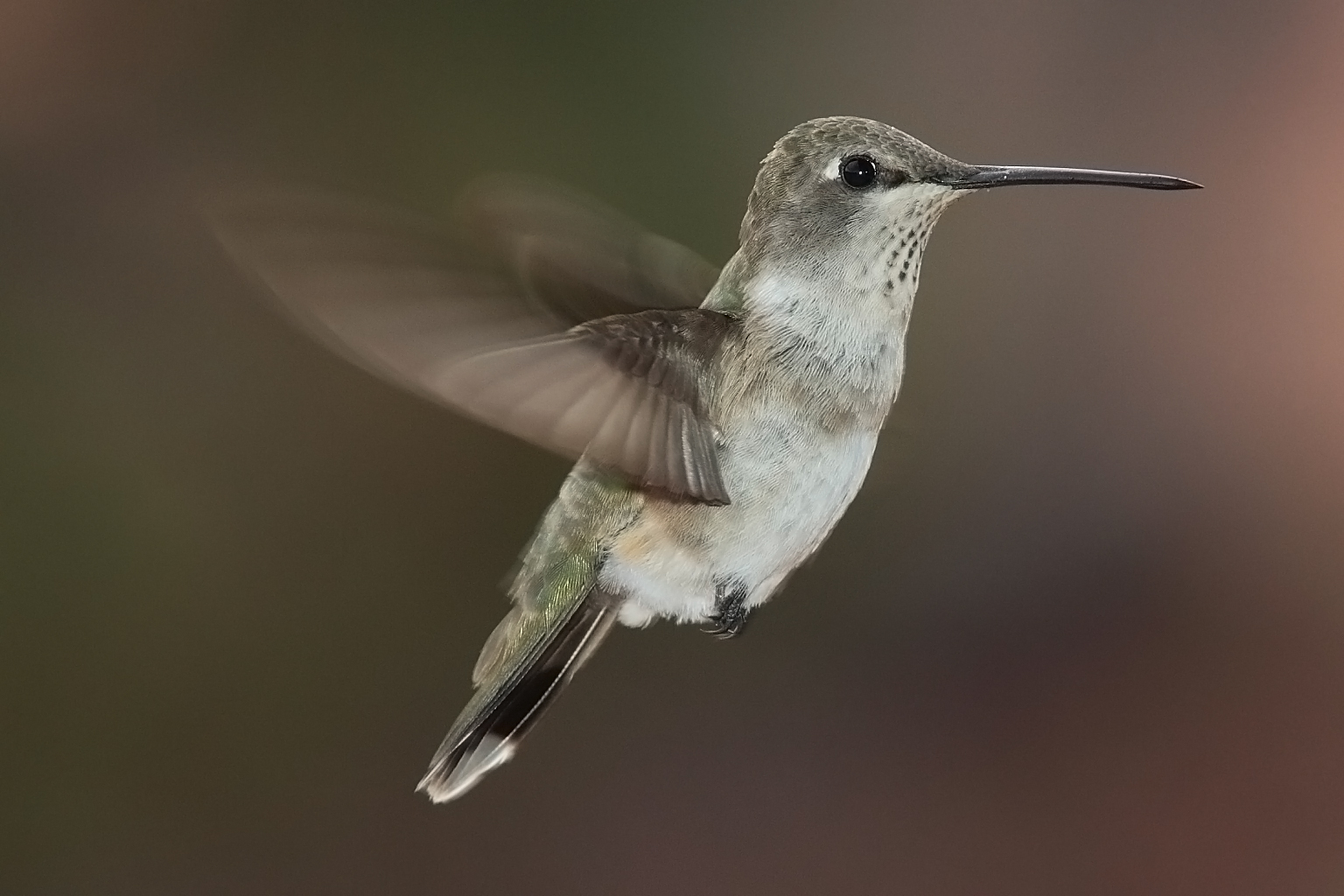We're open daily! View holiday hours
Science News
Birds of a Feather
November 11, 2011

Birds of a feather: enjoy recent stories of the science of birds in today’s news roundup.
Until last week, I had no idea what a murmuration was. Did you? Then this amazing video went viral. The science behind starlings flying in unison is stunning and more about physics than biology, says Wired.
Each starling in a flock is connected to every other. When a flock turns in unison, it’s a phase transition.
How does a hummingbird stay dry in the rain? Ask your dog. UC Berkeley researchers, using high-speed video, found that hummingbirds shake off water like dogs do, only in mid-flight, “reaching a G-Force of 34,” according to NPR. Dang!
How can two birds sing a duet so synchronous that it sounds like only one bird singing? Researchers studied Andean wrens’ neurons to understand this phenomenon. They discovered that a pair of male and female wrens memorizes the entire song, coming in when only needed. The female appears to take the lead, so perhaps “the duets are a way for a female to challenge and test a male,” ponders ScienceNOW. You can take a listen here.
Recent studies have shown that many animals are getting smaller as the climate warms. But research conducted by our friends at SF State and PRBO finds the opposite is true with Californian birds. Analyzing data from thousands of local birds caught and released each year over the past 40 years, the scientists discovered that the birds’ wings have grown longer and the birds are increasing in mass.
Extinct birds were the subjects of two separate multimedia articles last week. Cornell University, via the New York Times, has video (the only known video or image) of the imperial woodpecker, extinct since the mid-20th century. These were beautiful birds, done in by logging in Mexico’s Sierra Madre. Listen to the audio, too. New Scientist has a gallery of “bird ghosts,” that includes drawings by Ralph Steadman and haunting music, too.
Want more? How about rewarding designers and builders for creating bird-friendly buildings? Or robins pleading guilty in spreading the West Nile virus?
Finally, have you read the ongoing “Scientist at Work” blog by the Academy’s own Jack Dumbacher in the New York Times over the past two months? Jack is researching birds in the islands of Papua New Guinea. We’ll feature a video of his work next month, so stay tuned!
Image: User:Mdf/Wikipedia